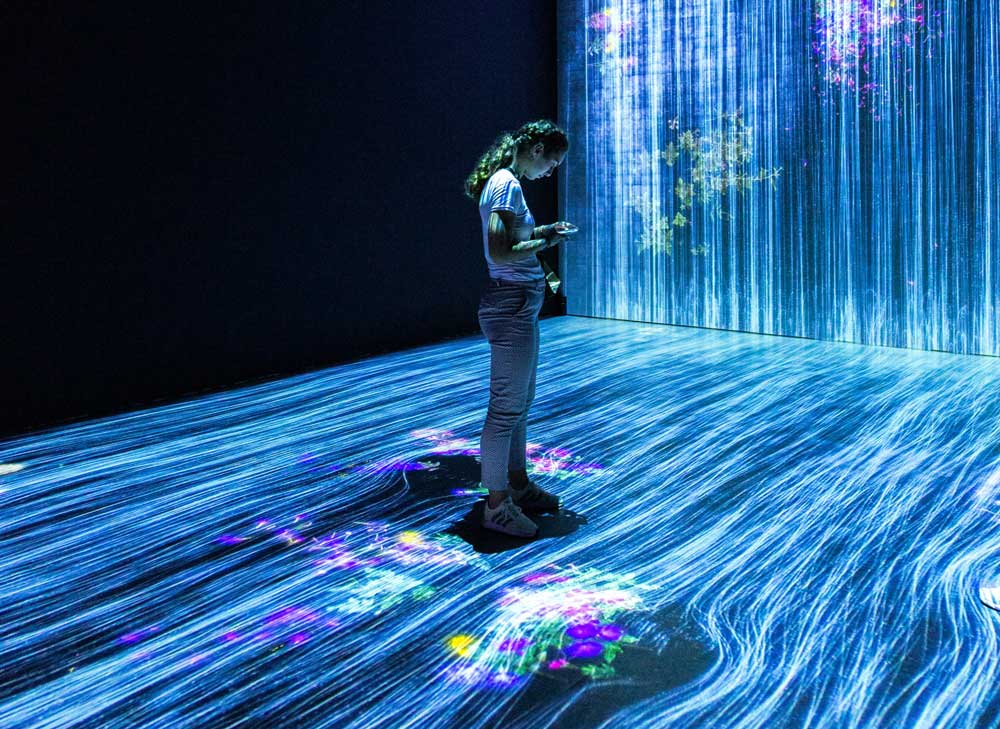Call for papers: Art & Speculative Futures
7 de diciembre de 2016 imagen-web
imagen-webARTNODES JOURNAL
SPECIAL ISSUE: Art & Speculative Futures
EXTENDED DEADLINE: JANUARY 31ST
Editors: Pau Alsina and Vanina Hofman
As a follow-up of the International Conference Art and Speculative Futures that took place in Barcelona in October 2016, we are now preparing a Special Issue for Artnodes Journal that will be published in May 2017.
Call for papers
Thinking about art from the prism of speculation may involve the creation of alternative futures. Introducing doubt, babbling, the “what ifs”, counter-memory against the ideal need of a primal origin (or source of meaning where we recognize each other) and being open to discontinuity, chance and materiality in history means asking ourselves if it is possible to both make and think about art in different ways.
Within this framework, we seek to explore multiple and diverse art histories, ignored or omitted, including artists, materials, technologies or excluded geopolitical zones of repeated and commonly accepted stories. Histories that point to others presents and futures, which need to be investigated and revealed from a cosmopolitical perspective. A space of coexistence of the otherness without the need of articulating consensus: a space of coexistence in the divergence that accounts for our constitutive heterogeneity.
The next special issue of Artnodes will investigate alternative art histories that are committed to the material turn while moving forward, hand in hand, with methodological-theoretical perspectives such as media archaeology, new materialism, speculative realism or actor-network theory and social studies of science and technology exploring the world of the arts by means of speculation. Approaches that have already placed their focus on relationships, dismantling modern maxims that keep nature, society and technology confined.
Thematic lines for dialogue and discussion:
- Divergent and uncategorizable art histories, from a non-linear temporal approach, linked to perspectives of media archaeology or anarchive on the one hand and heteronymous or abject art approaches on the other.
- Processes of rendering visible and invisible agents and agencies in the arts, linked to discourses on the human and nonhuman – regardless of whether these are animals, microbes or things-, the Anthropocene and reconstruction of the relationship between nature, technology and society.
- Processes of rupture, maintenance and repairing practices related to art and infrastructure, linked to exhibitions, museums and exhibition centers or production and research spaces, etc.
- Cosmopolitical approaches from the arts whose anti-homogenizing potential aims at describing the possibilities of mutual co-existence and living with difference, understanding of the creation of any political horizon that is based on the creation of sustainable relationships with otherness.
- Diffractive approaches to the arts from a situated knowledge related to posthumanism and postgender studies.
We invite authors to submit articles of no more than 5,000 words in Spanish or English before January 15, 2017 through the form available on the website. We therefore recommend to follow carefully the guide for authors available on the website of the magazine, and if I had any questions contact directly with publishers (publicacions@uoc.edu or the editor Vanina Hofman: vhofman@uoc.edu)
Artnodes is an open-access scientific journal promoted by the Open University of Catalonia (UOC) since 2002. It is published twice a year in May and November. Its articles come from public calls for papers and undergo double-blind peer review. Articles will be published in their original languages, and abstracts and metadata will be translated into Spanish, English and Catalan. The Journal is indexed in SCOPUS, ESCI WoS, ERIH Plus, MIAR, Carhus Plus + etc. You can find more information on the journal’s indexing and ranking from the corresponding section of the website.


